Ferris’ Fantastic Wheel
Winter 2021
Nevadan created the eighth wonder of the world.
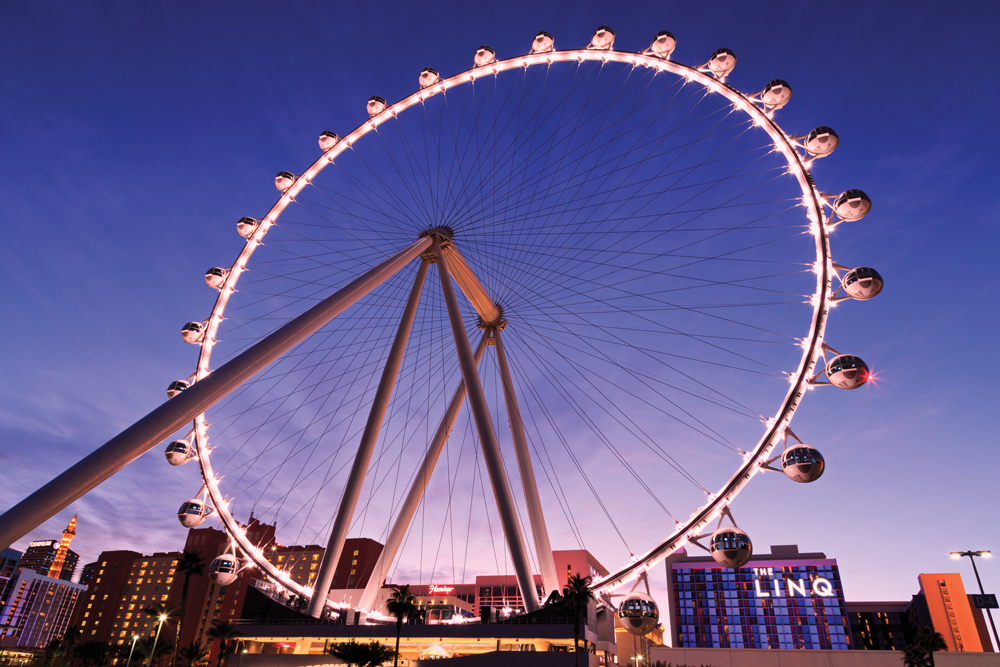
BY CRAIG MACDONALD
The 500-foot tall, 520-foot in diameter High Roller—located on The Las Vegas Strip—is the World’s Largest Observation Wheel. It features 28 glass-enclosed cabins, travels one foot per second, takes 30 minutes for a complete revolution, features more than 2,000 LED lights and 112 cables, and runs parallel to Las Vegas Boulevard. The Strip superstar was built at a cost of $300 million by Caesar’s Entertainment.
It is the conceptual descendent of a 19th century Carson City boy, who went East to create the world’s first giant observation Ferris wheel for the 1893 World’s Columbian Exposition in Chicago. George W. Gale Ferris, Jr., grew up in Carson Valley and inspired the “Ferris wheels” so popular today.
REINVENTING THE WHEEL
In 1864, Ferris Jr. was 5 when his father left Galesburg, Illinois, in a covered wagon to try farming in the fertile valley south of Carson City. Ferris Jr.’s father, George W.G. Ferris, Sr., was a horticulturalist who “saw gold” in the bountiful, rich soil of Carson Valley, where he built a ranch near present-day Minden.
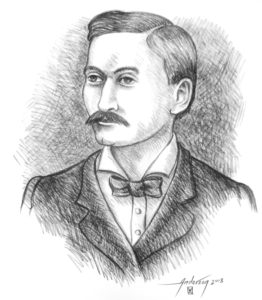
Ferris Jr. loved to explore the Carson Valley area and he reportedly became fascinated upon discovering a turning wheel that hoisted water up to troughs for thirsty livestock. Some say he lay for hours at a time on a riverbank, hypnotized by the motion of the wheel lifting the water. He also apparently liked to study the waterwheels which caused sawmills to turn.
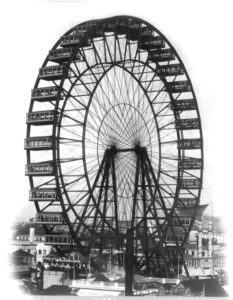
The motion of wheels was something Ferris would never forget. In 1868, Ferris and his family moved from Carson Valley into a home at 311 W. Third St. in Carson City. It’s known today as the Sears-Ferris House.
The Carson City dreamer would end up earning an engineering degree from the prestigious Rensselaer Polytechnic Institute in Troy, New York. He then worked for a railroad (that had its own type of turning wheels) and eventually formed his own structural steel-testing company.
MOVING FORWARD
When planners for the 1893 World’s Columbian Exposition in Chicago asked America’s top designers to create something “original, daring, and unique,” Ferris was more than up to the task.
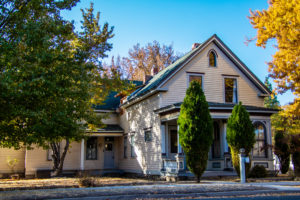
Remembering the wheels he had seen in Carson Valley, Ferris was inspired to create a gigantic observation wheel that would rise higher than any buildings. It would be 250 feet in diameter, 825 feet in circumference, 30 feet wide, elevated 15 feet, with 36 gondola cars (each with 40 revolving chairs). The center of the wheel featured an iron axle 32 inches thick and 45 feet in length.
Some engineers thought he was crazy. Nobody had ever attempted anything like it before and critics warned that it could not be done. They predicted the wheel would collapse under its own weight.
But Ferris had a Nevadan spirit that everything was possible. Overcoming naysayers, along with mechanical and financial challenges, he and others in the brilliant, creative, hardworking team miraculously completed it in less than six months.
The buzz about the eye-catching project, which would cost about $400,000, started even as it was being built.
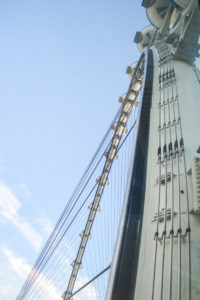
“People were wild to ride it and extra guards were required to keep them out,” wrote Luther Rice, the project’s construction superintendent.
At 3:30 p.m. on June 21, 1893, Ferris blew a whistle to officially make his dream a reality for the excited Expo visitors. Newspaper reporters would call the magnificent mechanical marvel “The Eighth Wonder of the World.”
It became the superstar of the exposition, attracting eager guests like a magnet. More than 1.5 million people rode round and round on his huge Ferris wheel. Tickets cost 50 cents for an unparalleled 20-minute adventure.
For 132 days, visitors enjoyed the thrilling view of the Expo grounds and buildings in Chicago. The experience caused many to ride multiple times, helping it gross more than $736,000.
The wheel—featured in newspaper articles, advertisements, photos, pins, and postcards—captured the awe of the nation and inspired others to create their own observation rides, which became known to the public as Ferris wheels.
In 1895, the first giant observation wheel, which had been carefully dismantled, was rebuilt near Lincoln Park on Chicago’s North Clark Street where it remained until 1903.
ROTATING THROUGH HISTORY
Unfortunately in 1896, its 37-year-old inventor died of typhoid. He had sold most of his interest in the Ferris Company to his partners.
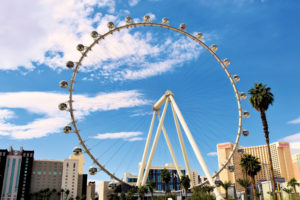
His epic invention was brought back to life and transported by rail to Missouri, where it was painstakingly reassembled for the 1904 St. Louis World’s Fair. It once again stole the show.
Ironically, one of its main assets (its size) was a liability. Being expensive to dismantle, store, and transport, led it to an untimely demise.
There was talk of moving it elsewhere, but nothing developed. With nobody willing to foot the bill, the incredible, mechanical pioneer met its fate on May 11, 1906, when it was blown up with 200 pounds of dynamite and sold as scrap—an unfitting end for the historic creation.
Fortunately, Ferris observation wheels still provide magic and magnetism for the Las Vegas Strip and throughout Nevada and the world, keeping alive the name of the curious kid fixated by the wheels he once saw in Carson Valley.


